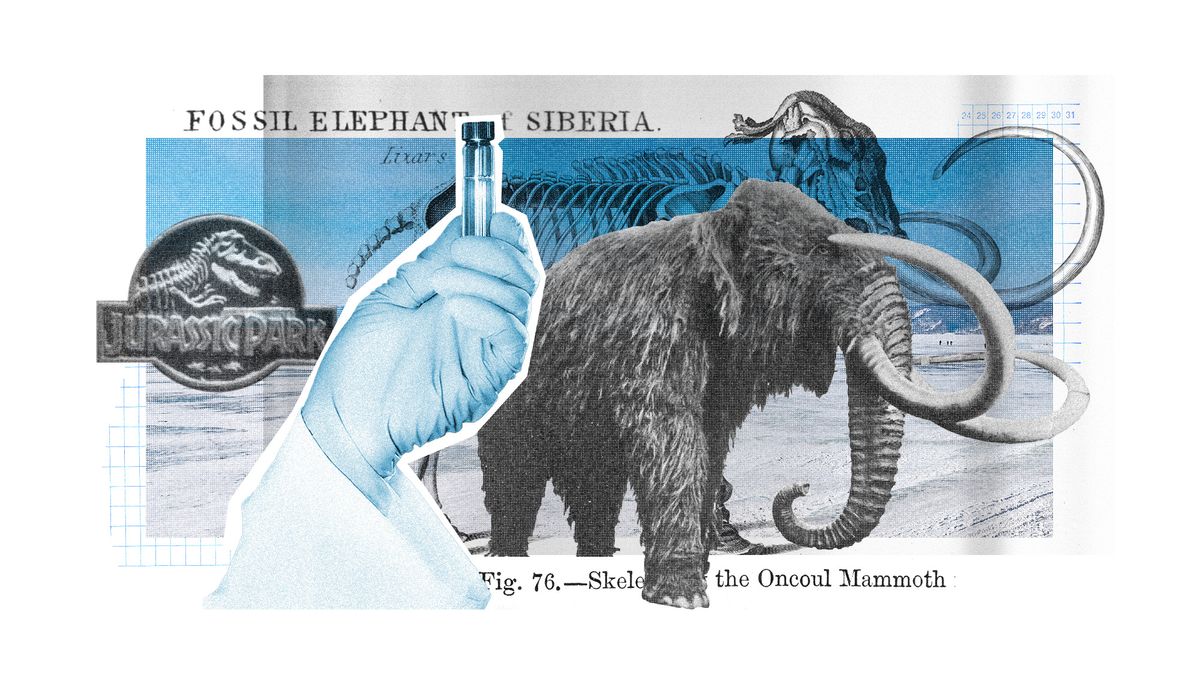The Genesis of a Mammoth Dream
In a scenario reminiscent of the iconic warning from Dr. Ian Malcolm in “Jurassic Park,” the scientific community is buzzing with the recent revelation from a Dallas-based biotech firm, Colossal Laboratories and Biosciences. Last week, they made a groundbreaking announcement: they’ve transformed cells from Asian elephants into induced pluripotent stem cells (iPSCs). Their ultimate aim is audacious: to recreate the woolly mammoth by turning these iPSCs into reproductive cells, with the hope that a surrogate elephant mother will one day birth a mammoth.
The Science Behind the Mammoth Mission
Colossal’s innovative use of iPSCs, a first for elephant cells, could revolutionize our understanding of ancient species. Eriona Hysolli, the head of biological sciences at Colossal, emphasized the potential of these cells to “renew indefinitely and differentiate into any cell type of the body.” This breakthrough not only paves the way for the return of mammoths but also enhances our knowledge of their living relatives, the Asian elephants. Oliver Ryder from the San Diego Zoo Wildlife Alliance, though not involved in the project, noted that Colossal’s work could significantly contribute to conserving genetic diversity and preventing extinction.
The Ethical and Ecological Quandary
Despite the scientific excitement, the project is not without its ethical and ecological dilemmas. Colossal hopes that reintroducing mammoths to the Arctic could help restore the ancient ecosystem, potentially slowing permafrost melt. However, experts like King’s College London’s Dusko Ilic urge a cautious approach, highlighting the ethical implications of using endangered Asian elephants in such experiments. Moreover, concerns arise about focusing resources on extinct species when current biodiversity is in peril, as noted by Gabriela Mastromonaco of the Toronto Zoo. As this project moves forward, it faces not only scientific hurdles but profound ethical considerations, shaping a debate on the priorities and limits of our technological prowess in reviving the past.
